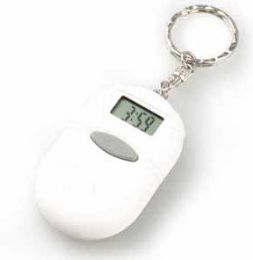
.jpg&newheight=260&quality=80)
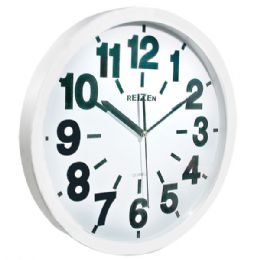
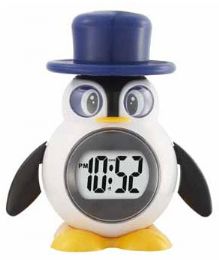
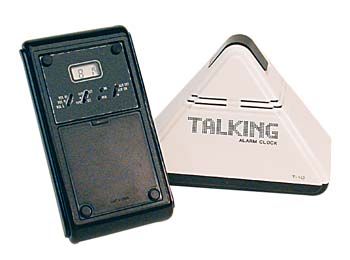
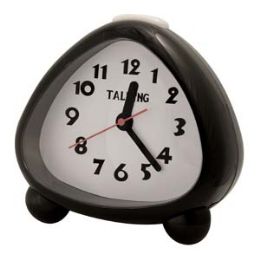
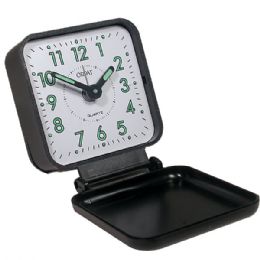

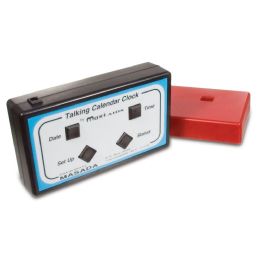


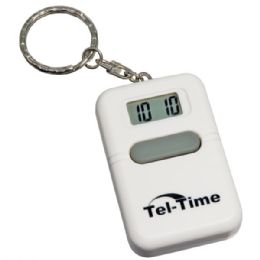
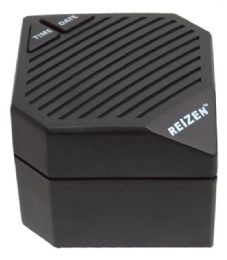
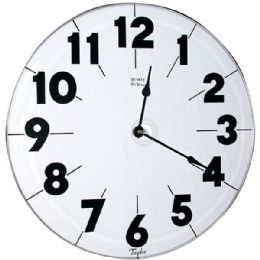
Individuals experiencing low vision or blindness are encouraged to remain as independent as possible by taking advantage of assistive devices designed for people with visual challenges. One group of these assistive technologies is low vision clocks. Table and wall clocks that can help tell the time in different ways, including talking clocks, tactile clocks, projection clocks, large display clocks, luminous clocks, and voice-activated clocks, assist blind or sight-impaired users in their daily living activities.
What is Low Vision?
The National Eye Institute defines low vision as “the best-corrected visual acuity less than 20/40 in the better-seeing eye.” This means that if the better-seeing eye or the strongest eye has vision worse than 20/40, this qualifies as a low vision condition. Low vision ‘symptoms’ will often first appear when a person has difficulty viewing or doing routine tasks such as watching television, shopping, driving a car, or recognizing family and friends, even when using corrective devices.
What Causes Low Vision?
With estimates of over three million Americans over the age of 40 years old experiencing vision loss, treating the underlying cause for low vision can be done with vitamin therapy, surgical procedures or medications that may help in slowing down the progression of loss of vision. However, for many, some sight loss may never be restored to optimal vision.
There are a number of reasons or causes that contribute to low vision, such as:
Glaucoma
Cataracts
Diabetic Retinopathy
Retinitis Pigmentosa
Macular Degeneration
Individuals who feel that their vision has changed for the worse should make an appointment with an eye care professional such as an ophthalmologist (MD/OD) and/or an optometrist (OD) to diagnose and treat any vision problem. Preventive eye health care should include an eye exam every 2 to 4 years, and senior citizens over the age of 65 should have eye exams every year or two. Being proactive in eye care can help a person take charge of their eye health and catch the early signs of eye disease. Most people with poor eyesight are able to correct or better their vision with contact lenses, glasses, or through surgery.
Types of Low Vision Clocks
Auditory clock: Auditory clocks present the time as sounds of either spoken language or as auditory codes, like bell rings on the hour, i.e. Big Ben in London, or other sounds such as a different bird song at each hour. A talking, or speaking clock has a pre-recorded or self-recorded human voice that will announce the correct time at a press of a button on the hour or half hour.
Tactile clock: A tactile clock uses a sense of touch to tell the time. Mostly similar to a normal analog display clock, the hands are constructed as a sturdy working tool to be felt by the user. By touching the hands of the clock, low vision individuals are able to figure out the time by the location of the hands on the clock face. A digital tactile clock will have braille on the digital display so they can be felt by the user to find out the time.
Projection clock: Usually used in the bedroom, a projection clock is a table clock that will use an optical projector to shine a magnified image of the time display onto a flat surface such as a wall, ceiling or screen. The large size of the digit-clock numbers displayed on the flat surface are easily read without glasses, especially at night.
Luminous clock: As a table clock also most beneficial in the dark, a luminous clock will have a choice of numerals, hands, or hour markings that glow in the dark, often incorporating a magnified glass to enlarge the laminated numbers, hands or hour markings, making them easier to see at night or in the dark.
Jumbo display clock: Designed as either an analog or digital table or wall clock, the jumbo display clock will have large easy-to-read numbers with an opposite color background from the hands and numbers, so individuals with low vision can easily see the time.
Voice activated clock: Configured as a hands-free clock, a person with low vision or blindness can simply ask the clock what the time is, as well as tell the clock which time or alarm time the user would like to set.
Rehabmart is pleased to offer a variety of highly functional low vision clocks from superior quality vendors, which include LSS, MaxiAids, and Harris Communications.
Hulet Smith, OT
Rehabmart Co-Founder & CEO
ws